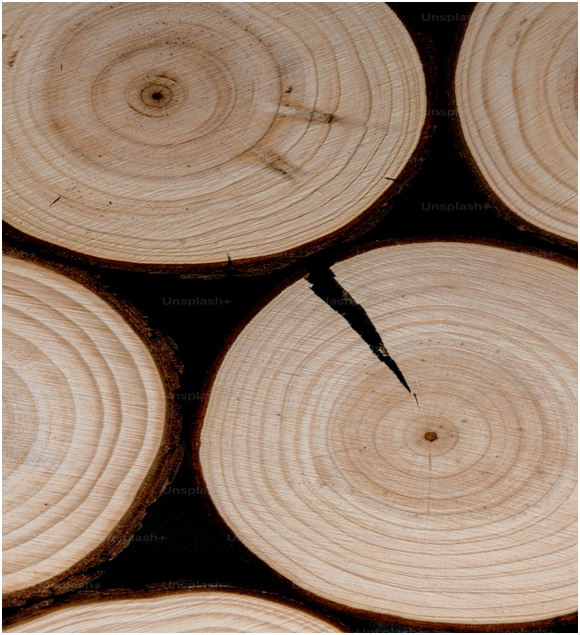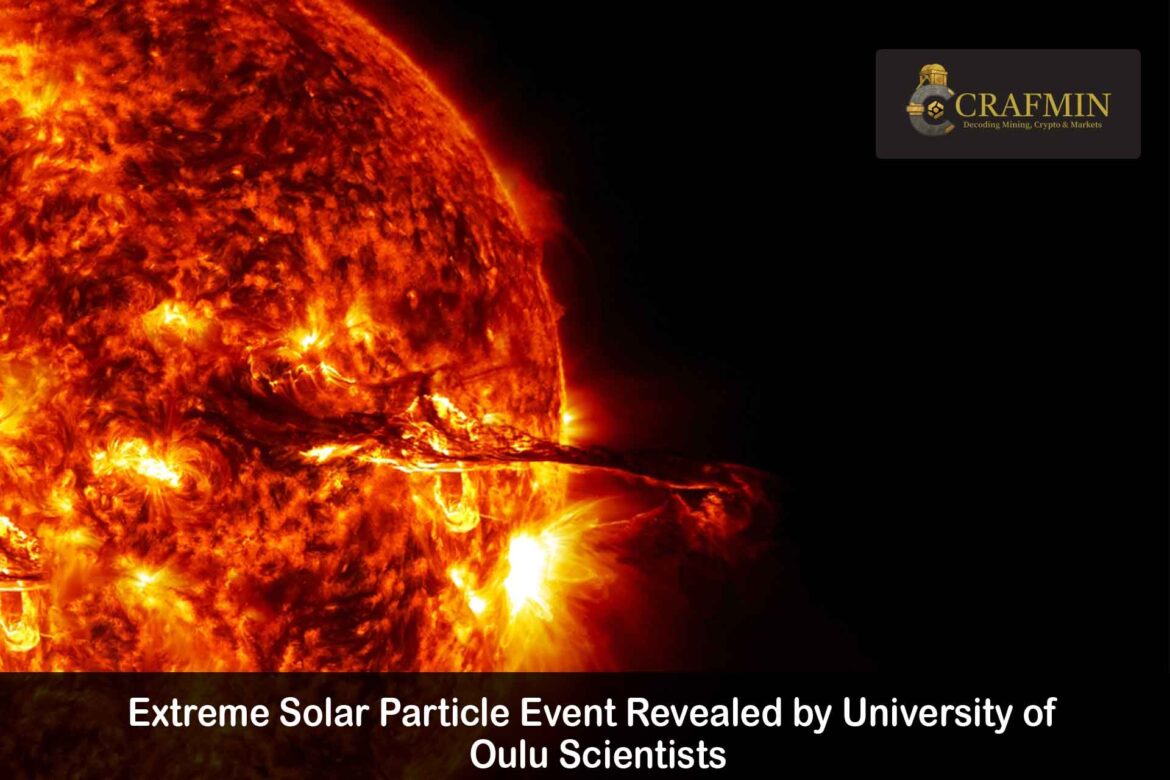Unprecedented Solar Discovery Shakes Space Weather Science
In a ground-breaking development, researchers at the University of Oulu in Finland have uncovered evidence of the most powerful extreme solar particle event ever documented. Led by scientists Kseniia Golubenko and Ilya Usoskin, the team applied an advanced algorithm to data gathered from ancient tree rings and polar ice cores, revealing a solar particle storm so intense that it solar eclipses all previous records.
Published in The Astrophysical Journal Letters, the study fundamentally reshapes how we understand solar activity and its potential to affect Earth’s infrastructure.

Image 1: Solar Flare Erupting from the Sun Source: NASA Solar Dynamics Observatory
A Storm from the Distant Past: What the Data Shows
The storm in question occurred over 14,300 years ago, but its footprint remains. The research team measured spikes in carbon-14 isotopes from preserved tree samples and glacial ice. This increase in cosmogenic isotopes indicates an event 100 times stronger than any solar energetic particle (SEP) storm seen during the space age.
By comparing data across both hemispheres, the scientists confirmed the event’s global impact—not a local anomaly, but a planet-wide energy surge.

Image 2: Tree Ring Lab Analysis. (Source: Unsplash – Tree Rings)
How a New Algorithm Changed the Game
The key to this breakthrough lies in the development of a novel algorithm capable of filtering background radiation noise. Traditional methods often masked minor annual variations, but the new tool sharpens the temporal resolution, identifying sudden upticks in isotope levels—essentially time stamping cosmic activity.
This technological advancement allows researchers to reconstruct not only the timing but also the magnitude of historical solar particle events with remarkable clarity.

Image 3: Algorithm Simulation Chart (SOURCE –ResearchGate)
Why This Matters: Real Risks in a Digital Age
Though this ancient solar particle storm occurred long before the modern era, its implications are more relevant than ever. A comparable event today could devastate power grids, communication networks, aviation routes, and even satellite constellations that underpin global economies.
“If a similar solar particle storm struck today,” Golubenko warned, “we could face widespread blackouts, navigation failures, and radiation hazards in spaceflight.” The warning is especially timely as the current solar cycle approaches its expected peak by 2025.
Lessons for Space Agencies and Modern Science
The discovery is already being reviewed by space weather monitoring agencies such as NOAA and the European Space Agency (ESA). Their aim is to integrate these findings into forecasting models and risk assessments—particularly those involving astronaut safety, satellite shielding, and aviation rerouting strategies.
ESA’s upcoming Vigil mission, which seeks to improve flare prediction accuracy, could directly benefit from this more nuanced understanding of extreme events.
Looking Ahead: Monitoring Tomorrow’s Sky
As the sun moves through its 11-year cycle, scientists are intensifying real-time monitoring. Flagship missions like SOHO, Parker Solar Probe, and Solar Orbiter are already providing unprecedented insights into solar particle dynamics. The University of Oulu team plans to further apply their algorithm to deeper ice cores and other organic material, hoping to uncover more unknown solar particle events.
Usoskin explains, “Studying the past is the only way to predict the full range of future solar threats. This is not just science—it’s planning for planetary resilience.”
Conclusion: Earth’s Fiery Past May Warn of Its Future
This revelation by the Finnish research team doesn’t just update the scientific record—it fundamentally expands it. As our technological infrastructure becomes more fragile and interconnected, understanding the sheer scale of natural forces becomes not just useful, but necessary.
The study serves as both a scientific milestone and a cosmic cautionary tale: the sun has erupted with unimaginable power before, and it may do so again. Preparedness begins with knowledge, and knowledge begins with uncovering the secrets of our planet’s past.

